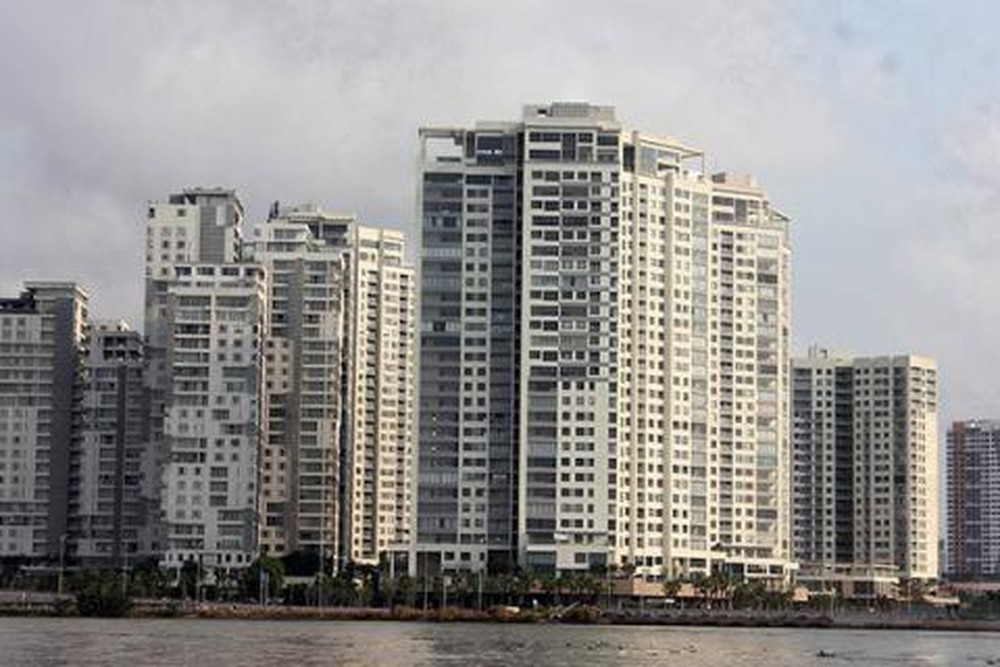
File photo of new residential blocks in HCMC. The HCMC Real Estate Association has written to the HCMC government proposing various housing development models to meet the rising demand for houses in the city. (Photo: Le Anh)
HoREA noted that HCMC has some nine million permanent residents, marking a rise of 1.8 million people compared with the 2009 figure.
The results of the latest census, excluding temporary residents and nonresidents, in HCMC indicate that each year, the city welcomes 60,000 newborns and sees 50,000 couples getting married. Apart from a total of 500,000 students coming from across the country, there are many foreigners working and living temporarily in the city.
However, based on statistics from the municipal Department of Construction in 2016, the city had 1.6 million houses covering a floor area of 150.6 million square meters.
The average housing area rose to 19.75 square meters per person from 13.6 square meters in 2009, remaining much lower than the average housing area of the country at 25 square meters per person.
According to the department’s survey, some 476,200 households in the city have no houses or live with their parents or relatives, accounting for 3.46% of the total households.
A survey by the HCMC Development Research Institute found that 81,000 households and individuals are in need of social housing in the 2016-2020 period.
Besides this, HoREA forecast that the number of foreigners with long-term residence permits in the city will soar in the coming time due to the rising foreign investment in Vietnam.
In the context of the rapid surge in the population of HCMC, HoREA suggested various housing development models, including a development model for rural residential areas.
In particular, the development of rural residential areas will ensure the urbanization of the countryside by building traffic infrastructure systems.
The localities proposed for this model include the city's outlying districts of Cu Chi, Hoc Mon, Nha Be, Binh Chanh and Can Gio, of which Cu Chi District has many advantages thanks to its industrial parks and the historic Cu Chi Tunnels.
Can Gio also has potential for the rural housing development model, boasting Rung Sac Square, the Sea Encroachment Tourist Urban Area and Can Gio Bridge, whereas Nha Be District is near the Phu My Hung urban area in HCMC’s District 7 and is home to the Hiep Phuoc port urban complex.
HoREA has also proposed a development model for large-scale residential area projects in the city’s neighboring provinces such as Binh Duong, Long An, Ba Ria-Vung Tau, Tay Ninh, Binh Phuoc and Tien Giang.

















